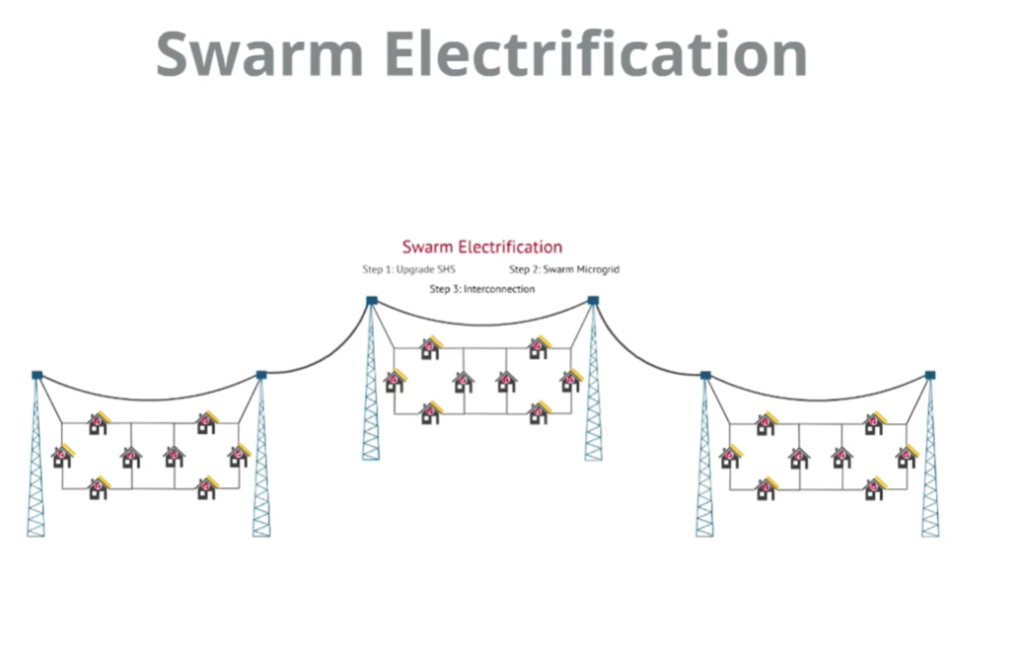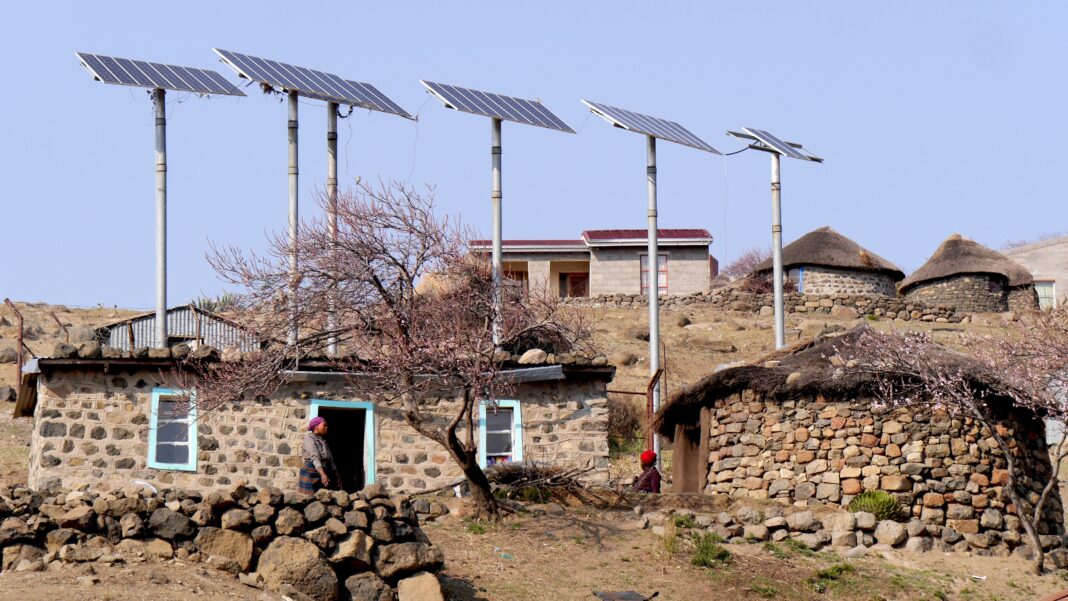The UN (Department of Economic and Social Affairs, Sustainable Development) has issued a statement called Sustainable Development Goal 7 on ensuring access to affordable, reliable, sustainable and modern energy for all people. However, it remains a sad truth that according to 2018 data, 789 million people, primarily inhabiting regions of sub-Saharan Africa, do not have access to electricity. Limited or inadequate access to electricity profoundly affects the lives of hundreds of millions more on our planet. Human lives are also threatened by the fact that more than a quarter of medical facilities in these regions are not connected to the general and reliable electricity grid. This fact significantly limits the availability and quality of medical care provided.
Swarm grid technology
Various development projects endeavour to reverse this unfortunate trend by bringing reliable sources of electricity from renewable sources, mainly solar panels, to poor and remote areas. Currently, the most advanced technologies used in these projects are the so-called swarm grids, which looked like multiple auto batteries. In fact, these devices can create limited local networks and provide an efficient and cheap alternative to building large-scale grids. Their use will allow local communities to develop further and reduce their dependence on individual solar panels installed on houses or diesel generators, which are essentially the only possible alternative but impose a heavy burden on the environment.

A reliable local electricity grid can facilitate the growth of entire communities, whether economically, socially, educationally or health-wise. Moreover, the application of advanced electricity storage technologies has significantly reduced the cost of connecting individual units from approximately USD 6,000 to 1,200. The development projects aim to reduce the cost of getting connected to USD 400-500. In this case, individual households would pay less than USD 2 per month.
Source: globalissues.org/news/2021/05/22/27889
Featured picture: public domain via pixabay.com















